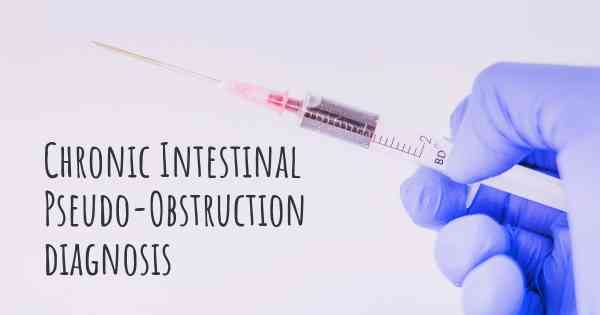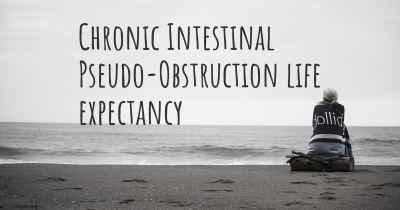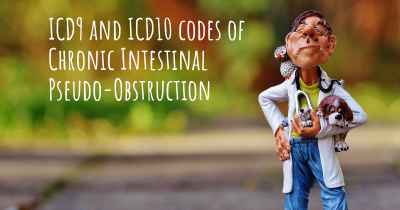How is Chronic Intestinal Pseudo-Obstruction diagnosed?
See how Chronic Intestinal Pseudo-Obstruction is diagnosed. Which specialists are essential to meet, what tests are needed and other useful information for the diagnosis of Chronic Intestinal Pseudo-Obstruction

Diagnosis of Chronic Intestinal Pseudo-Obstruction
Chronic Intestinal Pseudo-Obstruction (CIPO) is a rare condition characterized by impaired movement of the intestines, leading to symptoms similar to a mechanical obstruction. Diagnosing CIPO can be challenging as its symptoms can mimic other gastrointestinal disorders. However, a combination of medical history, physical examination, and various diagnostic tests can help in confirming the presence of CIPO.
Medical History and Physical Examination
During the initial evaluation, the healthcare provider will gather a detailed medical history, including information about the patient's symptoms, their duration, and any previous gastrointestinal surgeries or conditions. It is important to provide accurate and comprehensive information to aid in the diagnosis.
The physical examination will focus on assessing the abdomen for signs of distension, tenderness, or abnormal bowel sounds. The healthcare provider may also perform a digital rectal examination to check for any abnormalities.
Diagnostic Tests
Several diagnostic tests are commonly used to evaluate and diagnose CIPO:
1. Imaging Studies:
Abdominal X-ray: This imaging technique can help identify signs of bowel dilation, air-fluid levels, or other abnormalities that may suggest CIPO.
Barium Swallow and Small Bowel Follow-Through: These tests involve drinking a contrast material (barium) that helps visualize the structure and movement of the esophagus, stomach, and small intestine. They can reveal any abnormalities or obstructions in the gastrointestinal tract.
Abdominal CT Scan: This advanced imaging technique provides detailed cross-sectional images of the abdomen, allowing the healthcare provider to assess the structure and function of the intestines.
2. Manometry:
Gastrointestinal Manometry: This test measures the pressure and motility of the gastrointestinal tract. It involves inserting a thin tube through the nose or mouth into the stomach and small intestine. The tube contains sensors that detect the contractions and movements of the intestines, helping to evaluate their function.
3. Blood Tests:
Complete Blood Count (CBC): This test helps assess the overall health of the patient and can detect any signs of infection or inflammation.
Electrolyte Levels: Imbalances in electrolytes can occur due to chronic intestinal pseudo-obstruction, and blood tests can help identify these abnormalities.
4. Biopsy:
Intestinal Biopsy: In some cases, a small sample of the intestinal tissue may be taken for examination under a microscope. This can help identify any structural abnormalities or specific changes associated with CIPO.
Consultation with Specialists
Due to the complexity of CIPO, it is often necessary to consult with various specialists, such as gastroenterologists, radiologists, and surgeons. Their expertise and input can contribute to a more accurate diagnosis and guide the appropriate treatment plan.
It is important to note that the diagnosis of CIPO may require multiple tests and consultations, as well as the exclusion of other gastrointestinal disorders. Therefore, it is crucial to work closely with healthcare professionals and follow their recommendations for a comprehensive evaluation.








